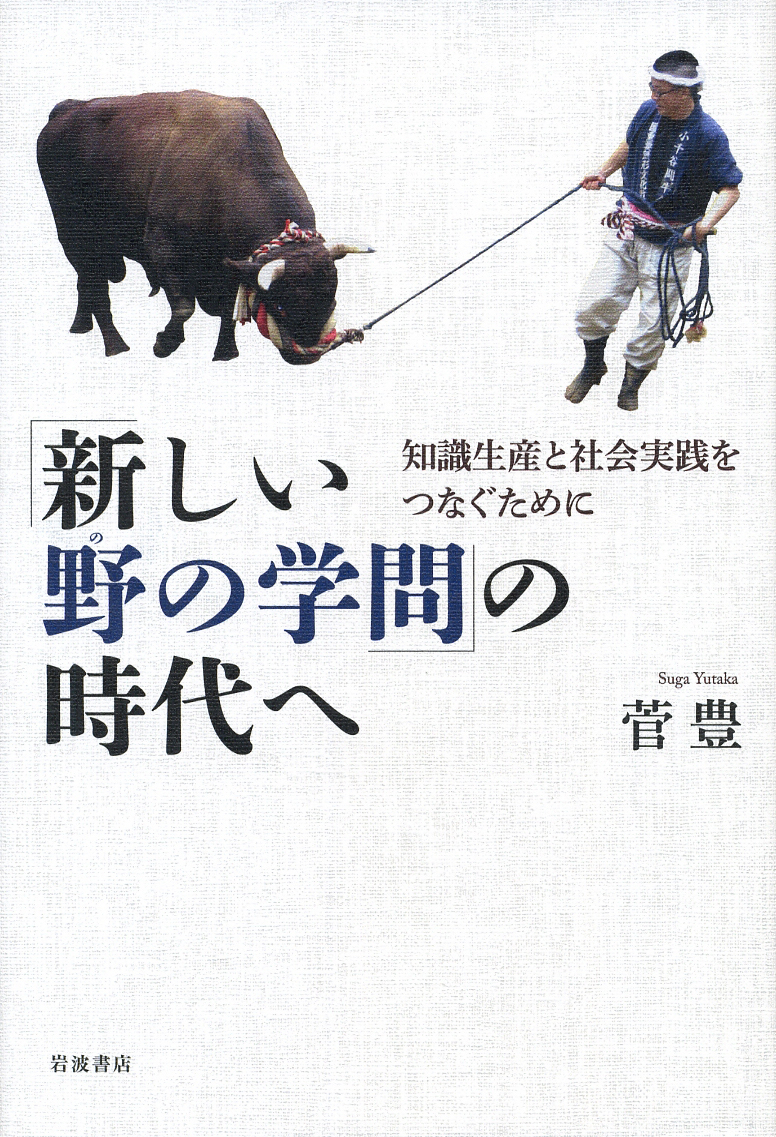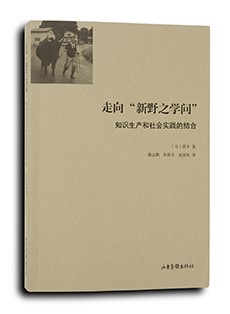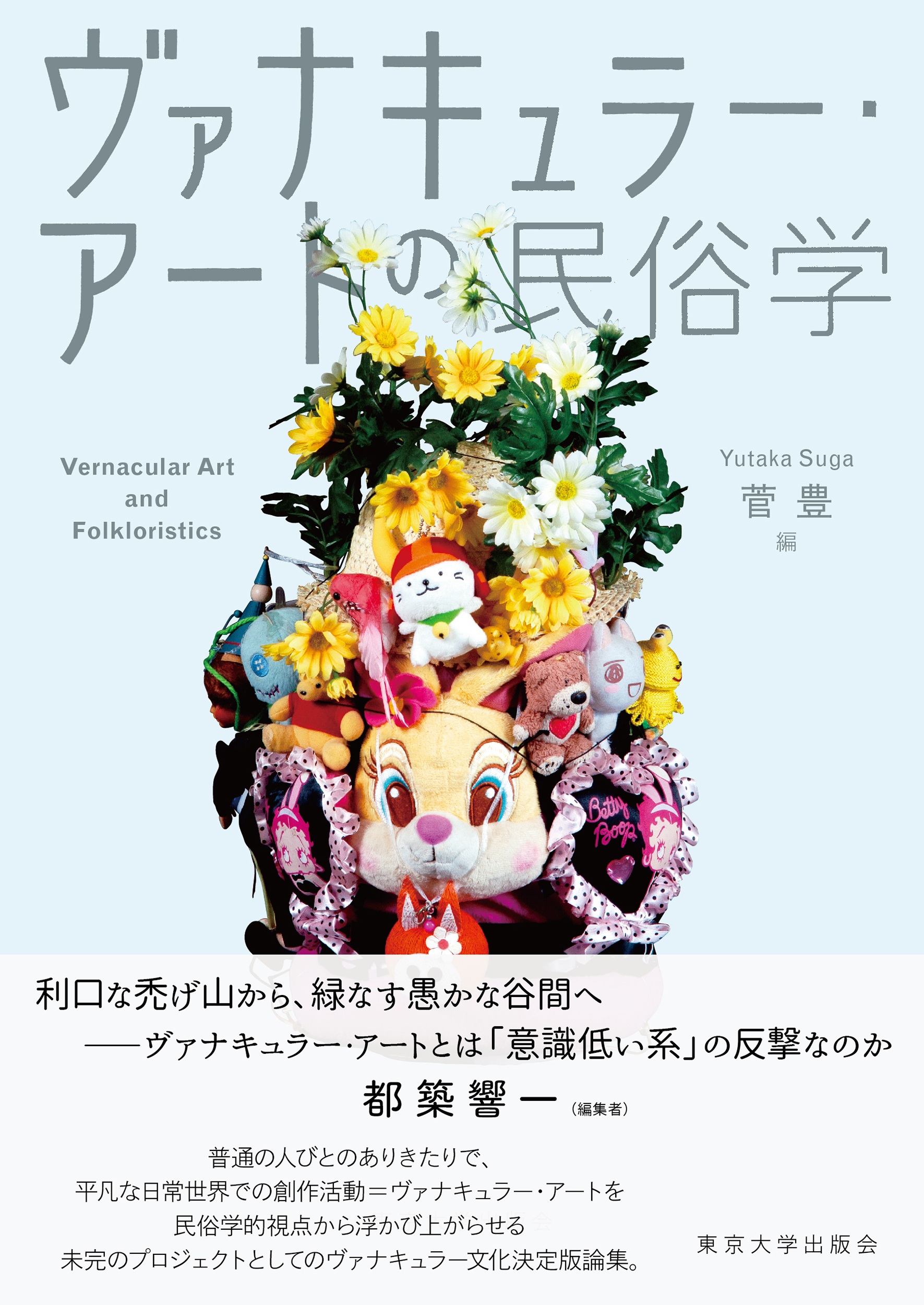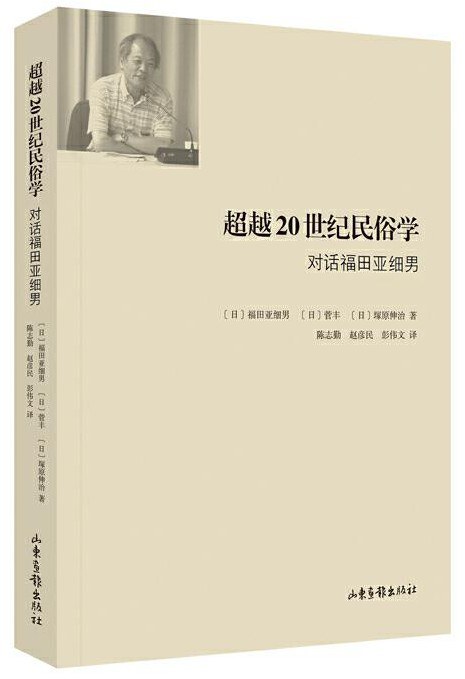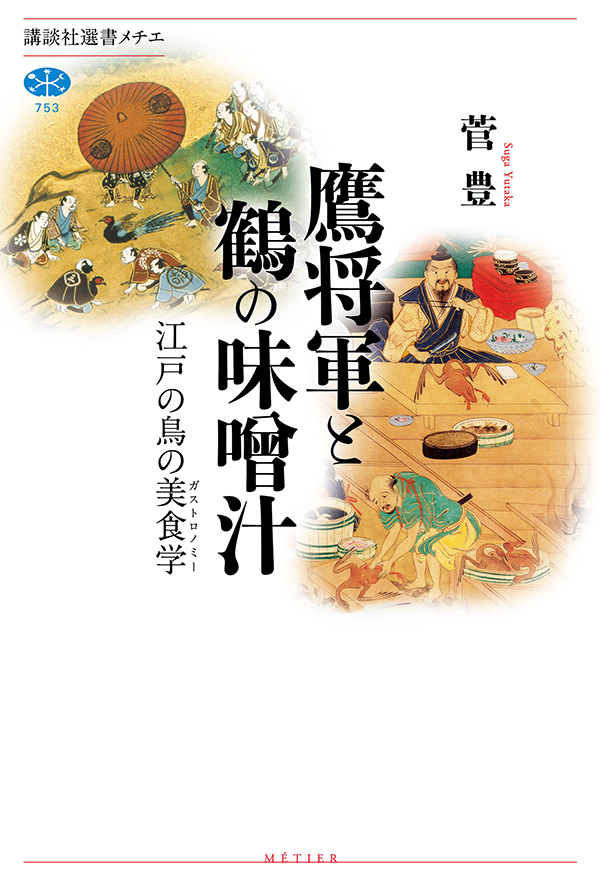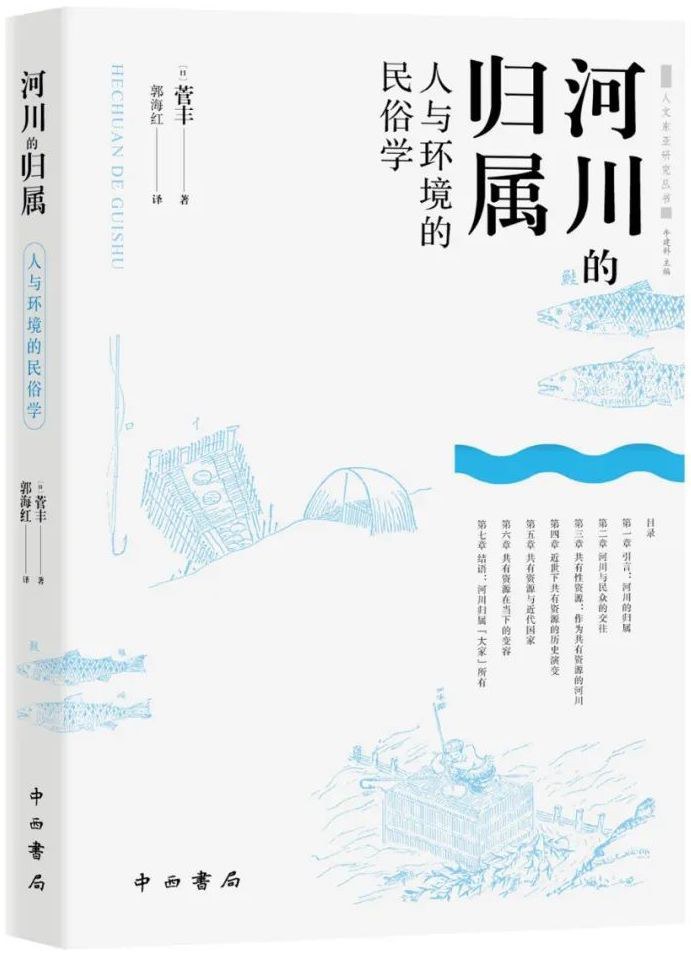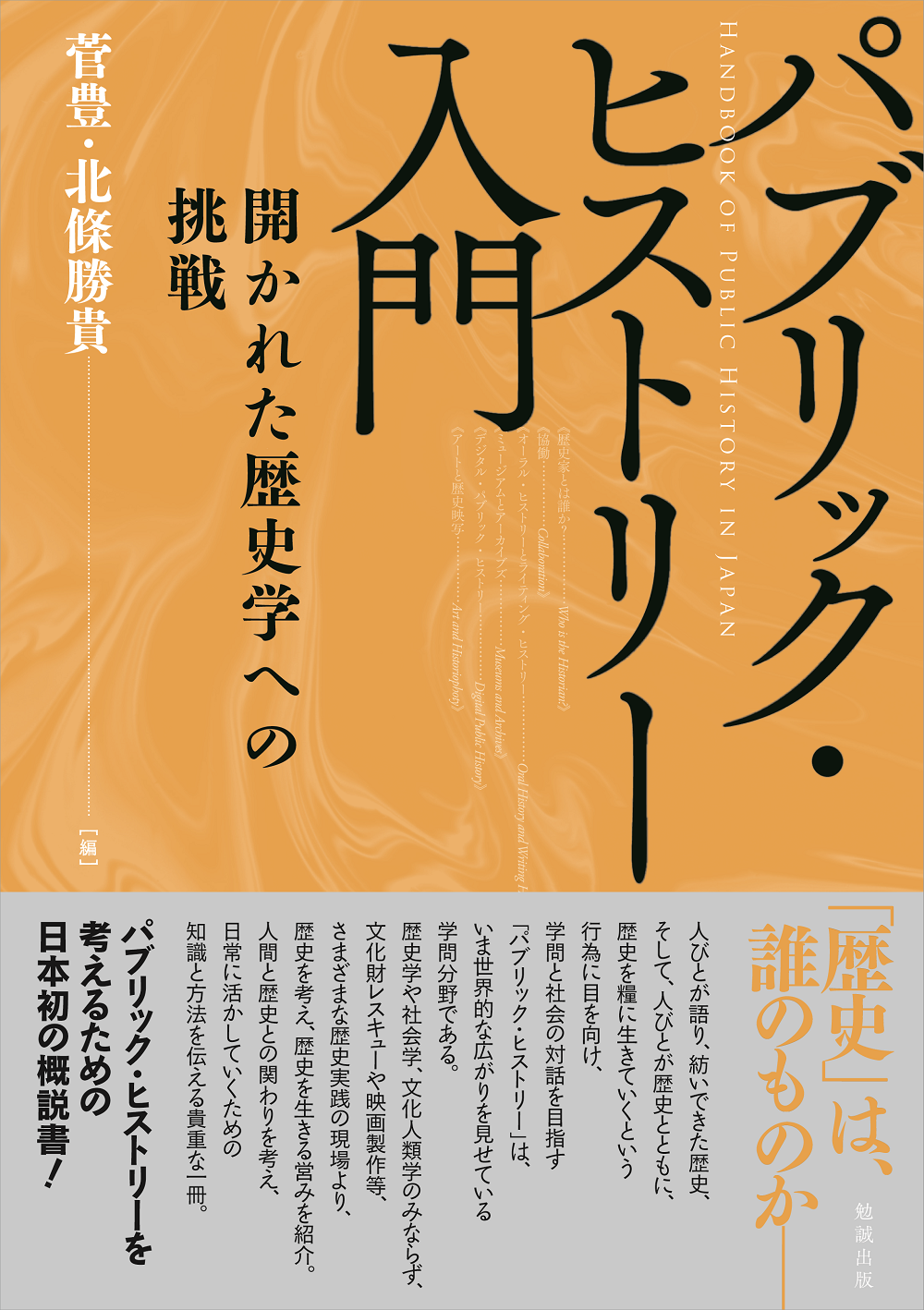
Title
Public History Nyūmon (A Handbook of Public History in Japan - The Challenge of Open History)
Size
512 pages, A5 format
Language
Japanese
Released
October, 2019
ISBN
978-4-585-22254-5
Published by
Benseisha Publishing Inc.
Book Info
See Book Availability at Library
Japanese Page
Public history refers to the broad practice of people trained in history who venture outside of academia where professionals congregate in university laboratories and classrooms, to apply their knowledge, skills, and ideas of history within society. This involves a broad and diverse range of activities, from preserving and exhibiting history in museums and archives and at historical sites, historical parks and the like, to writing history textbooks for schools, scripts for historical dramas in film and television companies, creating historical simulation games, providing materials to support indigenous people in their legal battles for rights, investigating community and family histories, publicizing digital history databases, tracing family ancestries, to treasure hunting and more.
Formerly the act of thinking about and describing history, referred to as historical practice, was thought to be something only professional historians did, and which they did in the closed academic world of the university. In other words, history was monopolized by historians. By the end of the 20th century, however, a movement arose, primarily within Europe and the United States, to take the study of history outside of the ivory tower into the real world, and this is what is referred to today as public history. This movement has now spread throughout the world to become a major trend in historical studies. This book is the first to introduce the concept of public history into Japan.
This book opens with an explanation of the concept and theory of public history and continues with specific examples of public history activities in Japan. The authors reflect on their personal public history experiences in sections titled, 1. Who is the Historian?, 2. Collaboration, 3.Oral History and Written History, 4. Museums and Archives, 5. Digital Public History, and 6. Art and Historiophoty.
The forum of public history is participated in by both the professional historian and the general public. The general public is not only a recipient of public history but also an important actor in the creation and dissemination of public history. Public history allows people to understand history in a different way from the academic research of reconstruction practiced by professional historians. On the ground, public history is a joint, collaborative undertaking of professionals and a diversity of other people to construct the real worlds of the present and future.
History is of increasing importance in our contemporary world. It is no exaggeration to say that all of the serious issues we confront today can be treated as historical issues. Given this, public history is certain to become of growing importance in society hereafter.
(Written by SUGA Yukata, Professor, Institute for Advanced Studies on Asia / 2020)
Related Info
YUTAKA SUGA 2020 “The Challenge of Public History in Japan” International Public History 2, p.14



 Find a book
Find a book


